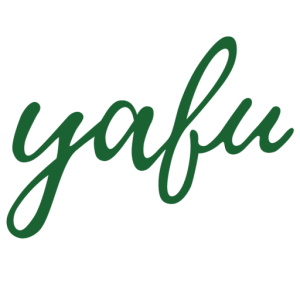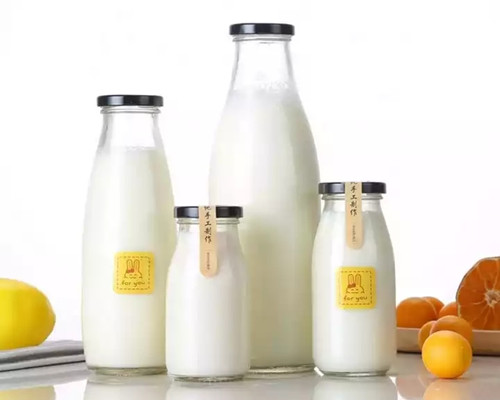Milk in glass bottles is usually pasteurized. This method uses a low temperature (generally 60-82℃) and the food is heated for a specified period of time. Milk in a glass bottle can achieve the purpose of disinfection without damaging the quality of food.
Carton milk is mostly sterilized at ultra-high temperatures. This is a method of sterilization that uses high temperatures and a short time to kill harmful microorganisms in liquid food. This method can not only preserve the flavor of food, but also kill harmful microorganisms, such as pathogenic bacteria and heat-resistant spore-forming bacteria. Sterilization temperature is generally 130-150℃.
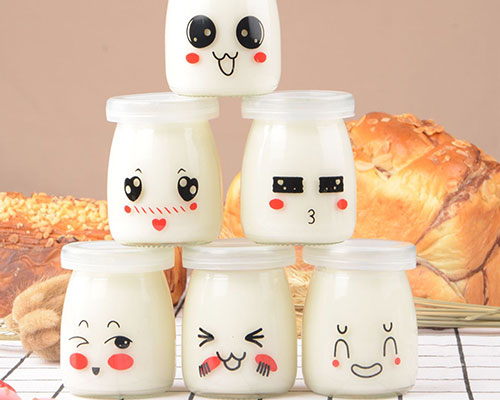
Nutrition of Milk in Glass Bottle and Carton
There is a difference in nutrition between milk in glass bottle and carton, but the difference is not significant.
Milk in glass bottle: Pasteurized milk is almost identical to freshly squeezed milk, except for a slight loss of B1 and C.
Carton milk: This milk is sterilized at a higher temperature than pasteurized milk and has a relatively high nutritional loss. For example, some heat-sensitive vitamins (such as B vitamins) will be lost by 10% to 20%. Moreover, it will continue to lose nutrients while it is in storage.
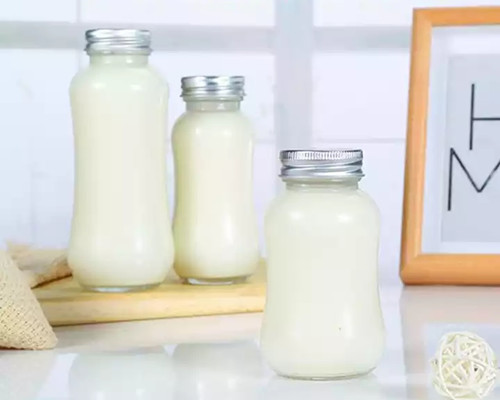
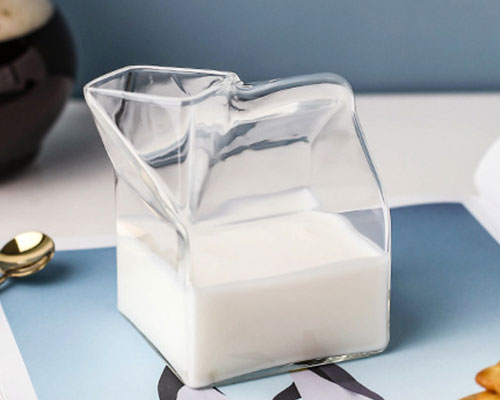
Price of Milk in Glass Bottles and Cartons
Pasteurized milk in glass bottles needs to be refrigerated, doesn’t have the longest shelf life of carton milk, and is more expensive than carton milk.
Milk in glass bottles has an advantage over cartons. Because they don’t waste and the glass bottles can be recycled. Milk in glass bottles is fresh milk, which has a shelf life of about three days. Such milk freshness is very high, from production, sterilization, packaging, and transportation to the shelf sales, are completed in a very short time.
We offer wholesale glass milk bottles with lids in different shapes. Our milk glass bottles are of good quality and the price is favorable.
